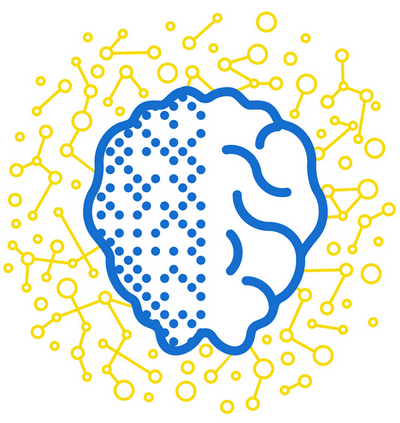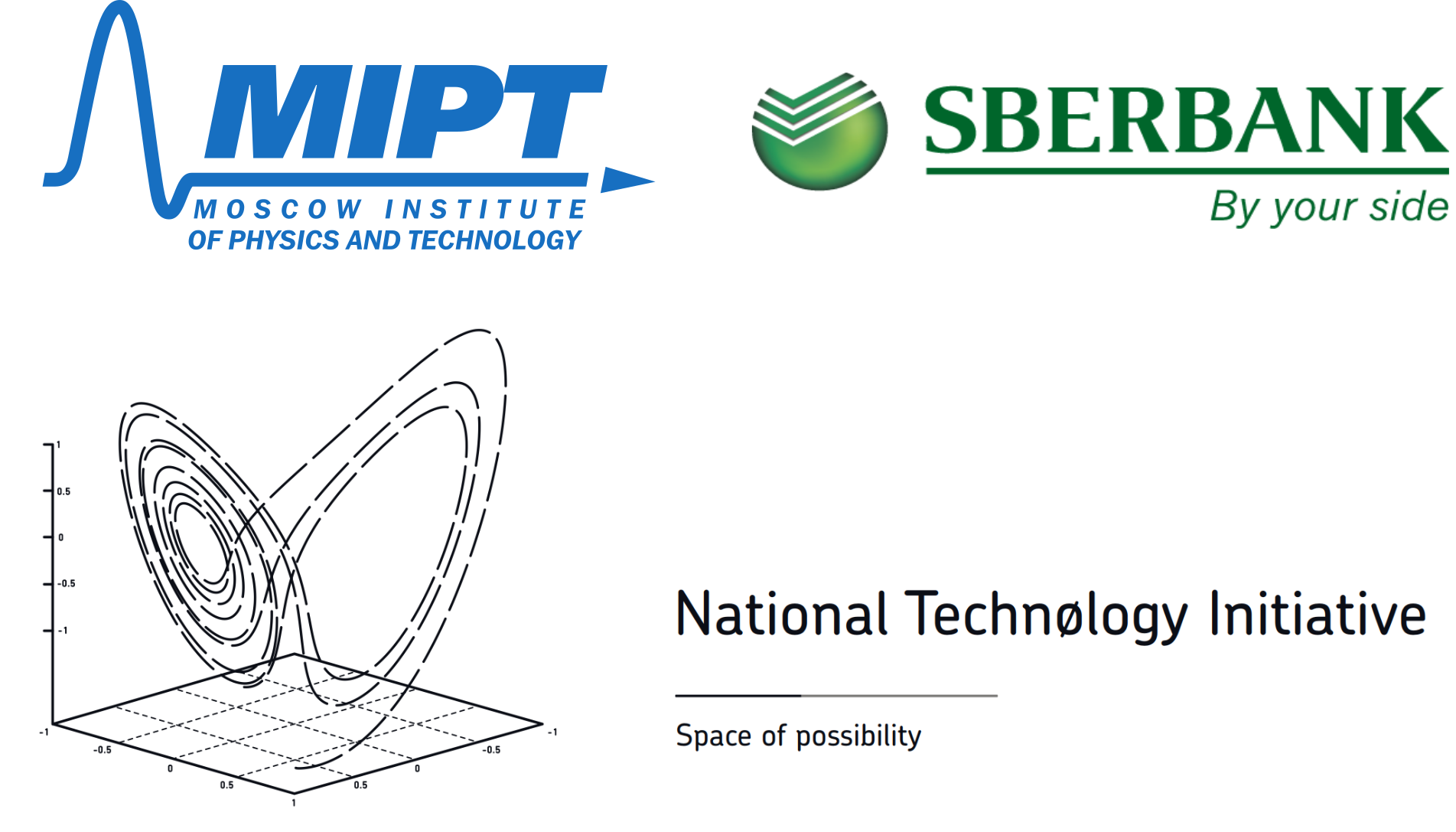DeepPavlov is an open-source conversational AI library built on TensorFlow and Keras. It is designed for
- development of production ready chat-bots and complex conversational systems,
- NLP and dialog systems research.
utilsmodule was moved from repository root in todeeppavlovmodulems_bot_framework_utils,server_utils,telegram utilsmodules was renamed toms_bot_framework,serverandtelegramcorrespondingly- rename metric functions
exact_matchtosquad_v2_emandsquad_f1tosquad_v2_f1 - replace dashes in configs name with underscores
-
As of
version 0.1.0all models, embeddings and other downloaded data for provided configurations are by default downloaded to the.deeppavlovdirectory in current user's home directory. This can be changed on per-model basis by modifying aROOT_PATHvariable or related fields one by one in model's configuration file. -
In configuration files, for all components, dataset readers and iterators
"name"and"class"fields are combined into the"class_name"field. -
deeppavlov.core.commands.infer.build_model_from_config()was renamed tobuild_modeland can be imported from thedeeppavlovmodule directly. -
The way arguments are passed to metrics functions during training and evaluation was changed and documented.
Import key components to build HelloBot.
from deeppavlov.skills.pattern_matching_skill import PatternMatchingSkill
from deeppavlov.agents.default_agent.default_agent import DefaultAgent
from deeppavlov.agents.processors.highest_confidence_selector import HighestConfidenceSelectorCreate skills as pre-defined responses for a user's input containing specific keywords or matching regexps. Every skill returns response and confidence.
hello = PatternMatchingSkill(responses=['Hello world!'], patterns=["hi", "hello", "good day"])
bye = PatternMatchingSkill(['Goodbye world!', 'See you around'], patterns=["bye", "chao", "see you"])
fallback = PatternMatchingSkill(["I don't understand, sorry", 'I can say "Hello world!"'])Agent executes skills and then takes response from the skill with the highest confidence.
HelloBot = DefaultAgent([hello, bye, fallback], skills_selector=HighestConfidenceSelector())Give the floor to the HelloBot!
print(HelloBot(['Hello!', 'Boo...', 'Bye.']))Jupyter notebook with HelloBot example.
Components
Named Entity Recognition | Slot filling
Intent/Sentence Classification | Question Answering over Text (SQuAD)
Sentence Similarity/Ranking | TF-IDF Ranking
Morphological tagging | Automatic Spelling Correction
Skills
Goal(Task)-oriented Bot | Seq2seq Goal-Oriented bot
Open Domain Questions Answering | eCommerce Bot
Frequently Asked Questions Answering | Pattern Matching
Embeddings
ELMo embeddings for the Russian language
FastText embeddings for the Russian language
Auto ML
Tuning Models with Evolutionary Algorithm
-
Currently we support
LinuxandWindowsplatforms andPython 3.6Python 3.5is not supported!Windowsplatform requiresGitfor Windows (for example, git),Visual Studio 2015/2017withC++build tools installed!
-
Create a virtual environment with
Python 3.6:virtualenv env -
Activate the environment:
Linux
source ./env/bin/activateWindows
.\env\Scripts\activate.bat -
Install the package inside this virtual environment:
pip install deeppavlov
Demo of selected features is available at demo.ipavlov.ai
To use our pre-trained models, you should first install their requirements:
python -m deeppavlov install <path_to_config>
Then download the models and data for them:
python -m deeppavlov download <path_to_config>
or you can use additional key -d to automatically download all required models and data with any command like interact, riseapi, etc.
Then you can interact with the models or train them with the following command:
python -m deeppavlov <mode> <path_to_config> [-d]
<mode>can betrain,predict,interact,interactbot,interactmsbotorriseapi<path_to_config>should be a path to an NLP pipeline json config (e.g.deeppavlov/configs/ner/slotfill_dstc2.json) or a name without the.jsonextension of one of the config files provided in this repository (e.g.slotfill_dstc2)
For the interactbot mode you should specify Telegram bot token in -t parameter or in TELEGRAM_TOKEN environment variable.
Also you should use --no-default-skill optional flag if your component implements an interface of DeepPavlov Skill to skip its wrapping with DeepPavlov DefaultStatelessSkill.
If you want to get custom /start and /help Telegram messages for the running model you should:
- Add section to deeppavlov/utils/settings/models_info.json with your custom Telegram messages
- In model config file specify
metadata.labels.telegram_utilsparameter with name which refers to the added section of deeppavlov/utils/settings/models_info.json
You can also serve DeepPavlov models for:
- Microsoft Bot Framework (see developer guide for the detailed instructions)
- Amazon Alexa (see developer guide for the detailed instructions)
For riseapi mode you should specify api settings (host, port, etc.) in deeppavlov/utils/settings/server_config.json configuration file. If provided, values from model_defaults section override values for the same parameters from common_defaults section. Model names in model_defaults section should be similar to the class names of the models main component.
Here is detailed info on the DeepPavlov REST API
All DeepPavlov settings files are stored in deeppavlov/utils/settings by default. You can get full path to it with python -m deeppavlov.settings settings. Also you can move it with with python -m deeppavlov.settings settings -p <new/configs/dir/path> (all your configuration settings will be preserved) or move it to default location with python -m deeppavlov.settings settings -d (all your configuration settings will be RESET to default ones).
For predict you can specify path to input file with -f or --input-file parameter, otherwise, data will be taken
from stdin.
Every line of input text will be used as a pipeline input parameter, so one example will consist of as many lines,
as many input parameters your pipeline expects.
You can also specify batch size with -b or --batch-size parameter.
We have built several DeepPavlov based Docker images, which include:
- DeepPavlov based Jupyter notebook Docker image;
- Docker images which serve some of our models and allow to access them via REST API (
riseapimode).
Here is our DockerHub repository with images and deployment instructions.
Jupyter notebooks and videos explaining how to use DeepPalov for different tasks can be found in /examples/tutorials/
DeepPavlov is Apache 2.0 - licensed.
If you have any questions, bug reports or feature requests, please feel free to post on our Github Issues page. Please tag your issue with bug, feature request, or question. Also we’ll be glad to see your pull requests to add new datasets, models, embeddings, etc. In addition, we would like to invite everyone to join our community forum, where you can ask the DeepPavlov community any questions, share ideas, and find like-minded people.
DeepPavlov is built and maintained by Neural Networks and Deep Learning Lab at MIPT within iPavlov project (part of National Technology Initiative) and in partnership with Sberbank.



